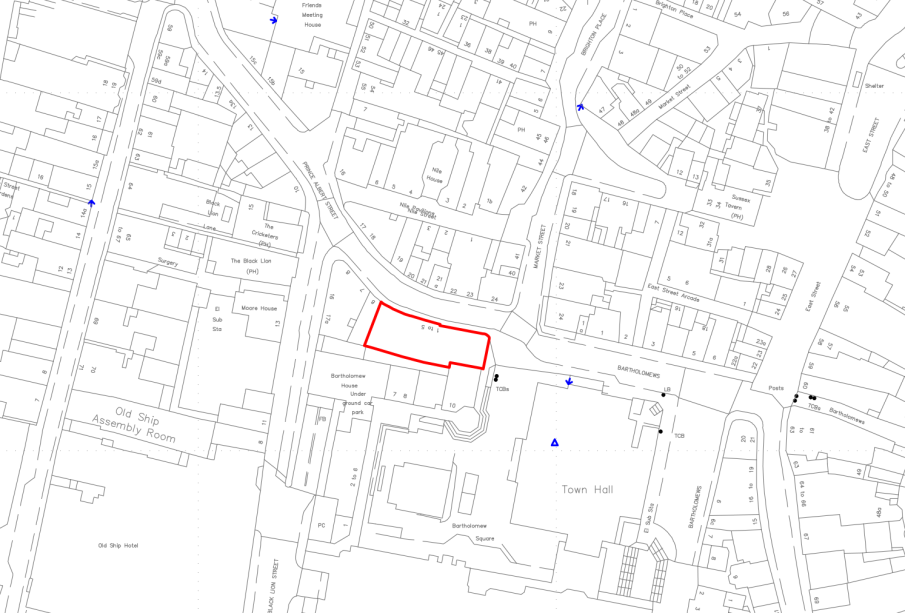An Overview of the Land Registry in the UK

Introduction
The Land Registry in the United Kingdom plays a crucial role in the property market, ensuring transparency and security for homeowners and buyers alike. Established in 1862, its primary function is to record land and property ownership, allowing for efficient transactions and reducing the risk of disputes. In the face of rising house prices and a fast-paced real estate environment, understanding the Land Registry’s workings is more important than ever.
Key Functions of the Land Registry
The Land Registry is responsible for maintaining an official register of land and property ownership in England and Wales. As of 2023, approximately 87% of the total land in England and Wales is registered, reflecting the increasing reliance on this institution in securing property rights.
One of the main functions of the Land Registry is to provide a reliable database that confirms ownership details and boundaries of properties. This service not only aids in property transactions but also helps to prevent fraud, making it an essential entity for both buyers and sellers.
Recent Developments
In recent months, the Land Registry has seen a surge in demand for its services due to the ongoing housing market boom. According to reports, the number of registrations has risen by 12% year-on-year, leading to increased investment in digitisation and innovation within the organisation. The Land Registry is now actively working to modernise its systems to improve efficiency and user experience, moving towards a more digital approach to service delivery.
Moreover, the government has introduced measures to enhance transparency in property ownership, promoting a greater understanding of land ownership and rights. Initiatives such as the ‘UK Open Land Data’ aim to make land information freely available to the public, fostering a more informed society.
Impact on Property Rights
The significance of the Land Registry extends beyond simple record-keeping. It is an indispensable part of establishing legal ownership and rights over land, which is crucial in property disputes. With proper registration, property owners can confidently buy, sell, or improve their properties without fear of legal complications.
Conclusion
The Land Registry stands as a pillar in the UK property market, ensuring a secure and transparent environment for property transactions. As housing prices continue to rise and more individuals engage in buying and selling homes, the importance of maintaining an accurate and efficient registry cannot be overstated. With ongoing advancements and a commitment to transparency, the Land Registry is set to adapt to the needs of modern society, further solidifying its essential role in property ownership in the UK.









